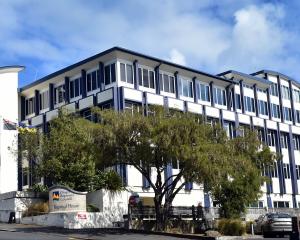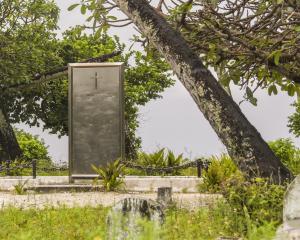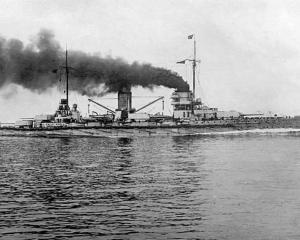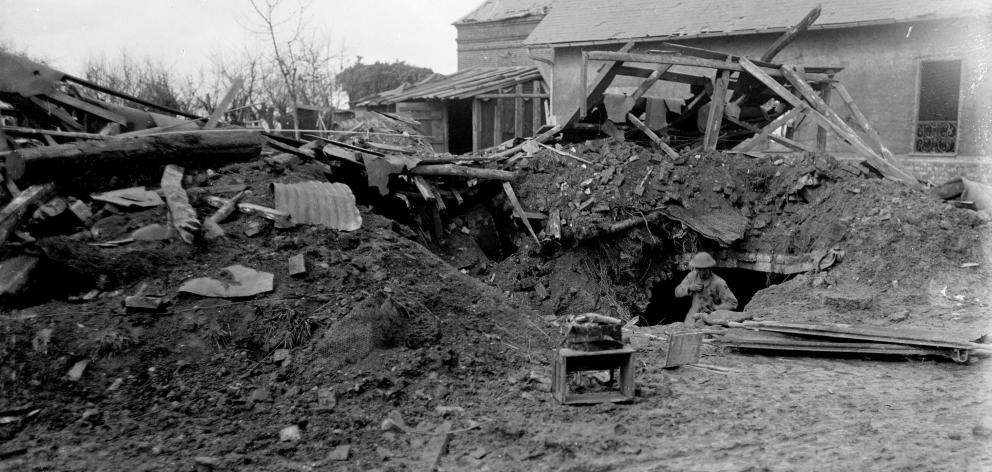
But there were older men and New Zealand had three of the exalted rank of brigadier-general killed, one of whom, Harry Townsend Fulton, was of a family of Anglo-Irish origins whose name was embedded in the settlement and development of Dunedin.
Harry Fulton was an Empire soldier; born in India in 1869 where his father was a lieutenant-general he was destined from birth to a soldiering life. For all his exotic birthplace and family background, his martial beginnings were at Otago Boys’ High School where he was said to have excelled in the cadet corps and later joined a voluntary military group that were all the rage at the time, the Dunedin City Guards.
He had an uncle, James, who arrived in Dunedin in 1849 and farmed at Outram, and who had married Catherine Valpy, one of the daughters of William Henry Valpy, who, with his family, had also been brought to Dunedin in 1849 on the ship Ajax.
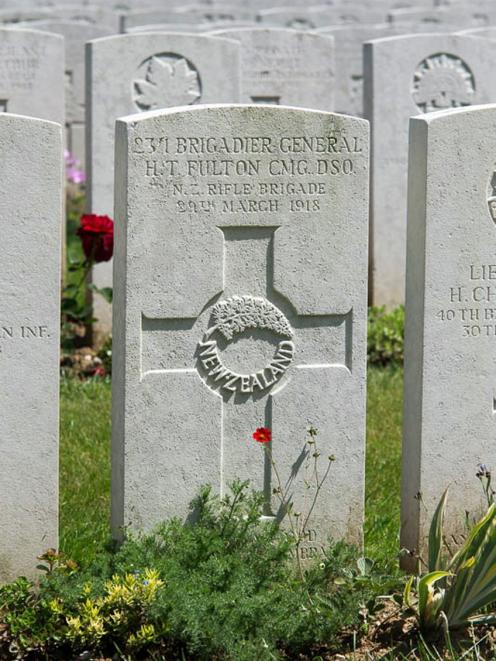
The settled life in a growing city was not for young Harry Fulton, though. The British Army at the time offered commissions to sons of officers in the colonies and Harry Fulton sat the examination, passed, and was gazetted a lieutenant in 1892 in the Argyll and Sutherland Highlanders, who were then serving in India. There followed a series of transfers from unit to unit, regiment to regiment, highlighted by being quartermaster in the Prince of Wales’ Own Gurkha Rifles. This was no sinecure in the sub-continent, administering stores by day and sipping gins by night. It was during a time of increasing Indian revolt against British rule as well as religious tension and campaigns for the control of the Khyber Pass.
Fulton fought in both the Mohmand and Tirah campaigns, actions in which an ambitious soldier five years younger than Fulton, Winston Churchill, was also involved as both a member of the Queen’s Own Hussars and as a war correspondent for the Daily Telegraph. The campaigns formed the basis of Churchill’s first book, The Story of the Malakand Field Force.
Fulton was home on sick leave in 1899 when the Boer War began and, in the accepted practice of the time, he was able to simply transfer both his commission and his allegiance to the New Zealand contingents then being formed, and he became a captain in the Fourth, the contingent known as the Rough Riders (the name suggested by Premier Richard Seddon) and funded almost wholly within Otago and Southland. Fulton was wounded in one of the contingent’s first actions, an attempt to take a hill known as Lemmers Hill, in northwest Transvaal. This was the attack in which another of the contingent’s captains, John Harvey, from Balclutha, was killed.
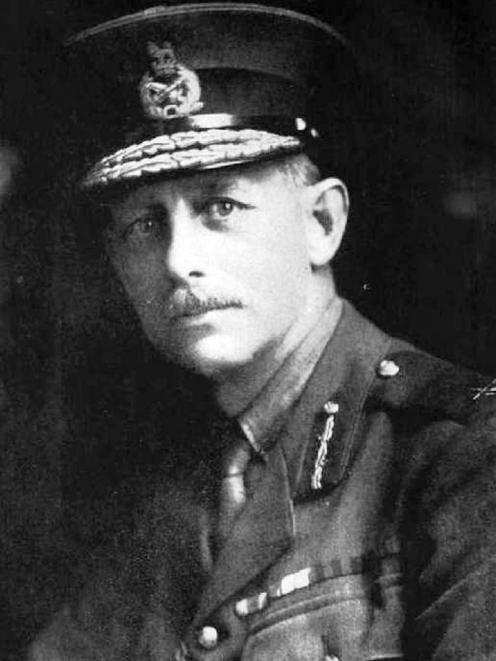
One of the troopers later wrote that Harvey was shot and killed while talking to the wounded Fulton and the latter "dragged himself up and gave the order to charge and when we got to the top to my surprise he was there too — and he looked 10 years older".
Fulton had resumed his service in India with the Gurkhas when he learned he had been awarded the Distinguished Service Order (DSO) and mentioned in dispatches for his service in South Africa.
As luck or fate would have it, he was again on leave in New Zealand in August 1914 when World War 1 began and he again signed up with the land of his adoption. Within six days, he was a lieutenant-colonel in charge of a battalion on the way to Samoa to rid the islands of German control. He was there until early 1915 and it was originally planned that he would take command of a reinforcements draft and head for Egypt but, instead, he was given command of a new regiment then being formed.
It was at first known as the Trentham Military Regiment but soon became the New Zealand Rifle Brigade and unlike the Main Body then in Egypt and Gallipoli, it was organised on national rather than regional lines. The NZEF had Otago, Canterbury, Wellington and Auckland battalions with companies also organised by geography, but Defence Minister Sir James Allen and his advisers (including Fulton) determined the brigade would be a nationwide force, although friends could be allowed to stick together.
The course of the rest of the war, and his life, was set for Fulton as the officer commanding the New Zealand Rifle Brigade, or 3Dinks4 (for dinkum) as they became known. Rather than be blooded on Gallipoli, which was coming to a close, the brigade formed part of the British army involved in the 1915-16 campaign against the Senussi, a Muslim sect in Libya which had been encouraged by the Turks to harass British and Italian troops in Libya and Egypt.
Fulton became a brigadier-general in 1916 when two more battalions joined the Rifle Brigade and it and the New Zealand Division moved from Egypt to France. Fulton went through the Somme and Messines battles and, later in 1917, was for a time put in charge of troops at Sling Camp in England. But he was back in command of the Rifle Brigade in early 1918 and it was on March 28, Maundy Thursday, before Easter in 1918 that a dugout in which he was resting was hit by a shell and he died of his wounds. The brigade major, Robert Purdy, of Milton, was also killed.
As the London paper for troops, Chronicles of the NZEF, mournfully reported of Fulton’s death: "The news was received with deep sorrow throughout the whole of the NZEF."
Fulton had trained the Rifle Brigade rigorously and systematically "and instilled in them a discipline and an esprit de corps which have splendidly carried his now war-seasoned brigade through many a tough fight".Honours lay thick upon him. In addition to the DSO, he was made a Companion of the Order of St Michael and St George (CMG), the French awarded him a Croix de Guerre and his fellow officers in the Rifle Brigade bequeathed their mess funds to Otago Boys’ for a bursary. A memorial tablet was placed in St Matthew’s Church in Dunedin.
A friend wrote an In Memoriam poem which included the lines:
Triumph and triumph followed, bay to bay
He added, as his Rifles played their role
On that blood-boltered stage; and did and dared,
And did and dared, from day to glorious day
Graved deep on Fame’s imperishable scroll,
Deep, deep their names and ours their life that shared.
- Ron Palenski
Comments
The loss of a generation in WWI explains much of the Pacifism and appeasement of the 1930's. It won't happen again; young kiwis are more 'stoners' than battle ready Territorials. We do need a disciplined Defence, not Offence, Force. To that end, the old fellas should stay in shape.
Correct its a concern A lot of the young men of today would run and hide... and to think ww1 some men lied about there age. just to fight... so much for the feminist male of today...

